QuestionWe have just bought a Jellyfish for our Aquarium, a 10 Gallon tank. Our question is; is there any item on the market to create a circular current in the tank, and if not, what would you suggest to keep the Jellyfish suspended? Also, it is either a moon or upside-down jellyfish, I cannot remember right now (sleepy) But what creatures are safe to be in a tank with jellyfish, and what would be the best way of protecting the jellyfish from the filter?
AnswerHi Ryan,
Jellyfish are an incredibly difficult species to keep in an aquarium. 99% perish within the first 30 days. Rectangular and square tanks pose many threats. Corners are inescapable traps, current strong enough to dispatch any dead spots usually becomes turbulence rather than current or flow and prevents feeding and many normal functions for the jellyfish(especially in a tank as small as a 10 gallon). Filtration can be protected to an extent by placing a filter sponge, filter sock or filter bag(all 3 available at most fish stores) over the intake. This is not a guarantee that the animal wont become stuck to the intake and damaged or killed. These animals depend on current for essentials; mobility, food and waste removal. Unfortunately aquariums rely on current for filtration so you always run the risk of the animal being trapped somewhere in the aquarium.
Placement of powerheads on either end of the aquarium, pointed towards each other, 1 across the front and 1 across the back will be your best bet at a circular motion but that is not a desirable current. Jellyfish need circular currents that have an uplift... this is next to impossible to achieve in any aquarium, especially one with corners. The best tanks are especially made, tall, circular or tubular shaped aquariums, with specifically designed flow and filtration. Even in these custom systems, most jellyfish dont last 6 months.
Cassiopea Andromeda, The Upside Down Jellyfish reaches about 10 inches in diameter, Aurelia Aurita, The Moon Jellyfish, reaches about 12 inches in diameter. Both species feed on plankton and microscopic foods. Both species are going to be way too large for your system. And(sorry, hate to keep the bad news coming) will likely starve. There is no way that a system that small can house a plankton population large enough to feed one of these animals. Liquid foods are available. But there is no supporting data or research showing that Jellyfish can be successfully kept on such foods.
Water quality, MUST BE PRISTINE. Ammonia, Nitrite and Nitrate are lethal to all inverts, but especially so to Jellyfish.
Cassiopea Andromeda, The Upside Down Jellyfish, requires reef lighting. Metal Halide or VHO. This species maintains/contains a symbiotic algae that requires strong lighting for photosynthesis that supports nutrition and health.
Then there is also the sting factor. While the sting of either of these species of Jellyfish is considered safe to humans(about 5 times stronger than a wasp sting), there is the chance of allergic reaction. BE EXTREMELY CAREFUL WHILE PERFORMING MAINTENANCE. Especially if you dont know if you have bee or wasp sting allergies.
There arent many tank mates that will work with Jellyfish either. Possibly one of the species of anemone fish. Damsels or Clowns. But the sting will eventually kill even these species and the Jellyfish can be damaged by the fish as well. Jellyfish generally need to be housed alone.
I wish I had alot of helpful hints, but the only successfully kept Jellyfish I have experienced are in extremely expensive, large "special needs" custom aquariums and public aquariums. Housed and cared for by ADVANCED, extremely experienced, aquarists and scientists. I do wish you good luck, and will be glad to impart any advise ad knowledge I can to you. But my best advise to you and for the animals sake is to return it. Some creatures just werent meant to be kept in our little glass oceans. Just because we can, doesnt mean we should... Let me know if I can help in any way.
Oh, and remember that the temperature needs to be kept between 55 and 68 degrees for most species of Jellyfish. I almost forgot that one... thats a biggie too.

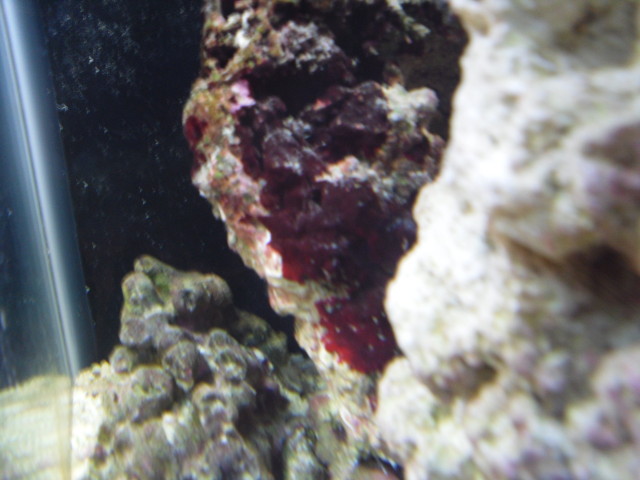 red in my sand
QuestionQUESTION: I have a new 30 gallon saltwater tank
red in my sand
QuestionQUESTION: I have a new 30 gallon saltwater tank
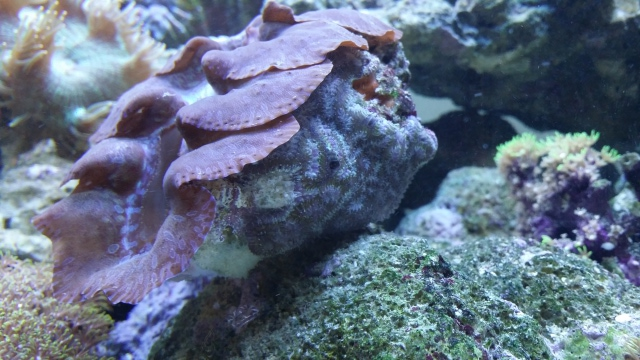 Strange growth on my clam
Question
clam growth
Hi David,
I have been in t
Strange growth on my clam
Question
clam growth
Hi David,
I have been in t
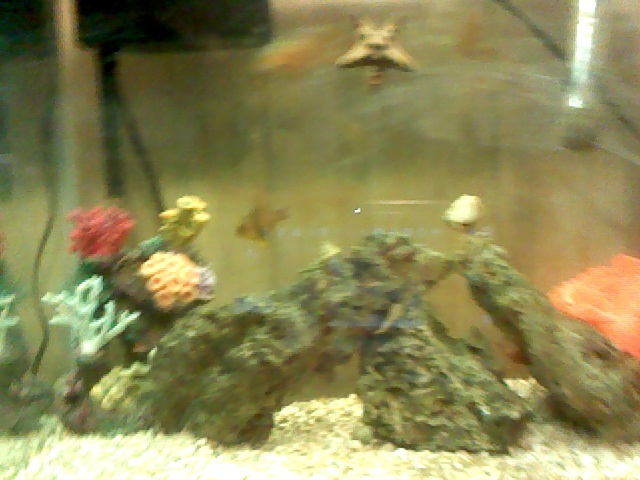 live rock
Questionmy tank
QUESTION: Hello, I have a 14 gal
live rock
Questionmy tank
QUESTION: Hello, I have a 14 gal
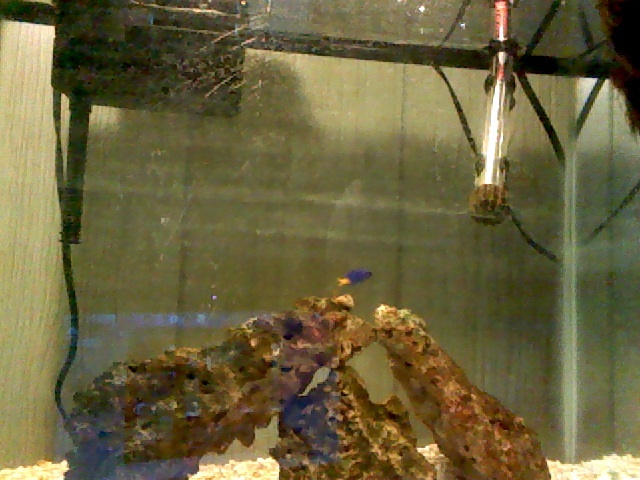 15 gallon marine tank
Question
my tank
hello, I have a 15 gallon FOWLR tank I
15 gallon marine tank
Question
my tank
hello, I have a 15 gallon FOWLR tank I
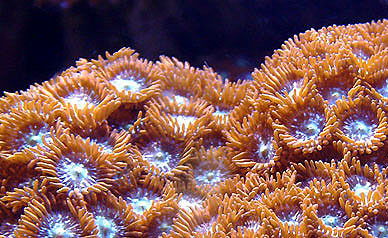 Adding a Falco
QuestionHi this is dave
I was thinking about adding a
Adding a Falco
QuestionHi this is dave
I was thinking about adding a